When we think of mummies, Ancient Egypt often comes to mind. However, Japan has its own unique form of mummification known as Sokushinbutsu. Unlike traditional mummies preserved through embalming, Sokushinbutsu were Buddhist monks who underwent a rigorous, self-inflicted process to achieve enlightenment.
Their preserved bodies remain enshrined in temples across Japan, serving as a testament to their extreme devotion and spiritual discipline. But how did they achieve this state, and why did they willingly embark on such a challenging path?
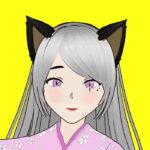
Let’s explore the fascinating history and process of Japan’s self-mummified monks.
- What is Sokushinbutsu? How is it Different from Mummies?
- The History and Process of Sokushinbutsu
- Why Doesn’t Sokushinbutsu Decompose?
- Famous Sokushinbutsu
- The Connection Between Sokushinbutsu and Kukai’s “Sokushin Jobutsu”
- Currently, becoming a Sokushinbutsu is prohibited by law
- Kukai in the Video Game “Nioh 2”
- Conclusion
What is Sokushinbutsu? How is it Different from Mummies?
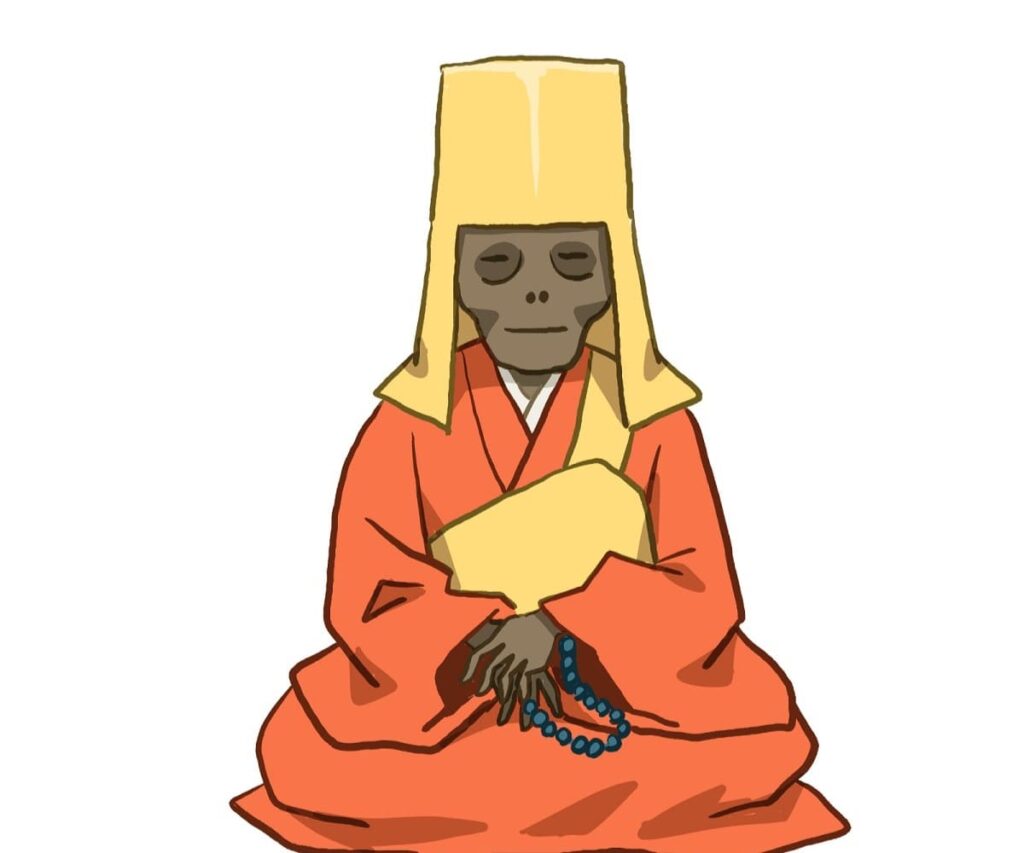
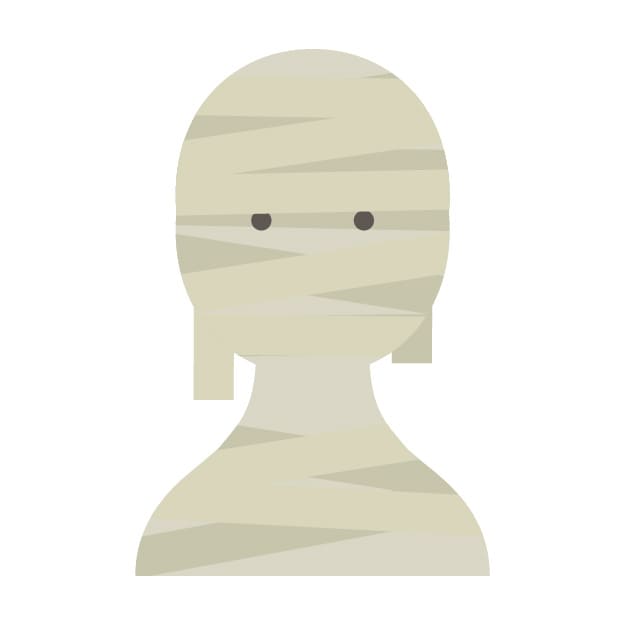
Sokushinbutsu refers to Buddhist monks who undergo self-mummification through extreme ascetic practices. Unlike conventional mummies, which are preserved through artificial embalming methods, Sokushinbutsu naturally mummify due to their rigorous training that depletes body moisture and fat. This process, unique to Japan, results in a preserved body without any external preservation treatment.
The History and Process of Sokushinbutsu
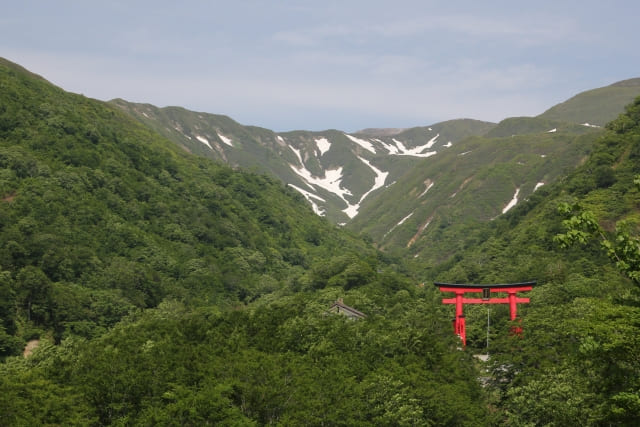
The history of Sokushinbutsu dates back to the Heian period, and several of these mummified monks can still be found in temples across Japan. Notably, Yudonosan in Yamagata Prefecture is famous for housing multiple Sokushinbutsu.
The process of becoming a Sokushinbutsu involves two major phases:
Mokujiki Training (Tree-Eating Practice)
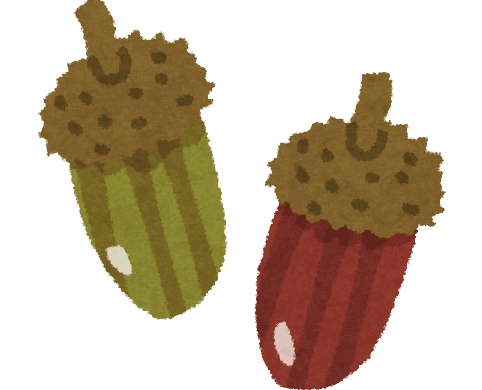
The monk abstains from grains such as rice, wheat, and beans, surviving only on nuts and wild plants for 1,000 to 5,000 days. This extreme diet depletes body fat, making the body less susceptible to decomposition.
Dochuu Nyuujou (Underground Meditation)
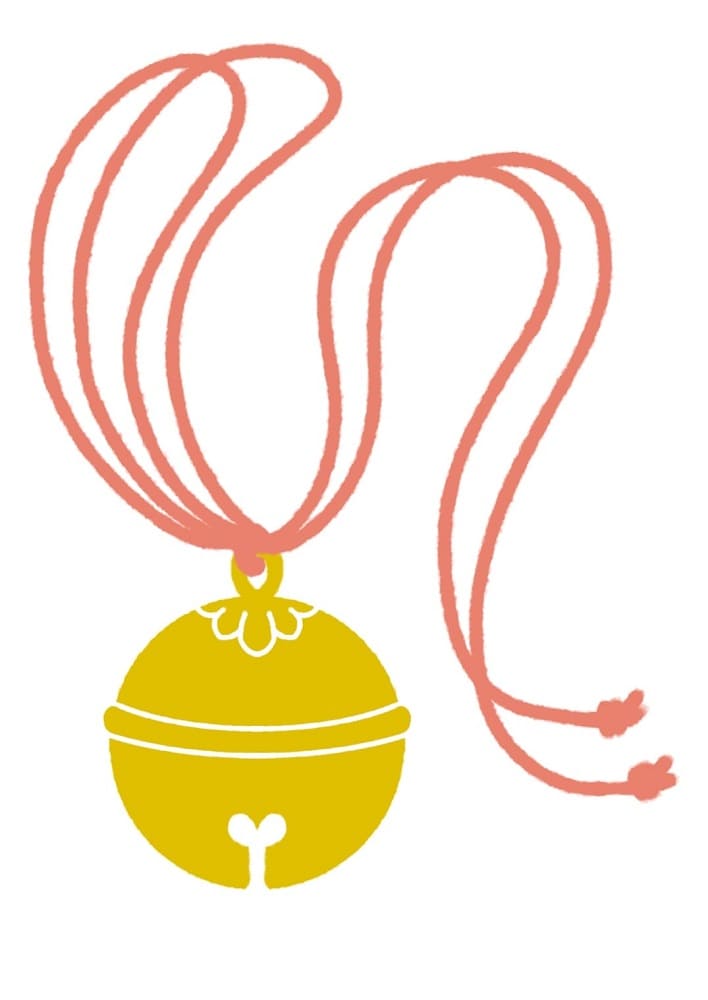
In the final stage, the monk enters an underground stone chamber, sitting in a meditative pose while fasting until death.
Two bamboo tubes are inserted into the chamber—one for air and the other for a small bell. As long as the monk rings the bell, it signals they are alive. Once the bell stops ringing, followers seal the chamber, waiting for 3 years and 3 months before reopening it. If the body is successfully mummified, it is enshrined as a Sokushinbutsu.

When I read about this for the first time,
I was really shocked.
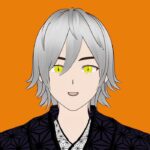
Me too.
Why Doesn’t Sokushinbutsu Decompose?
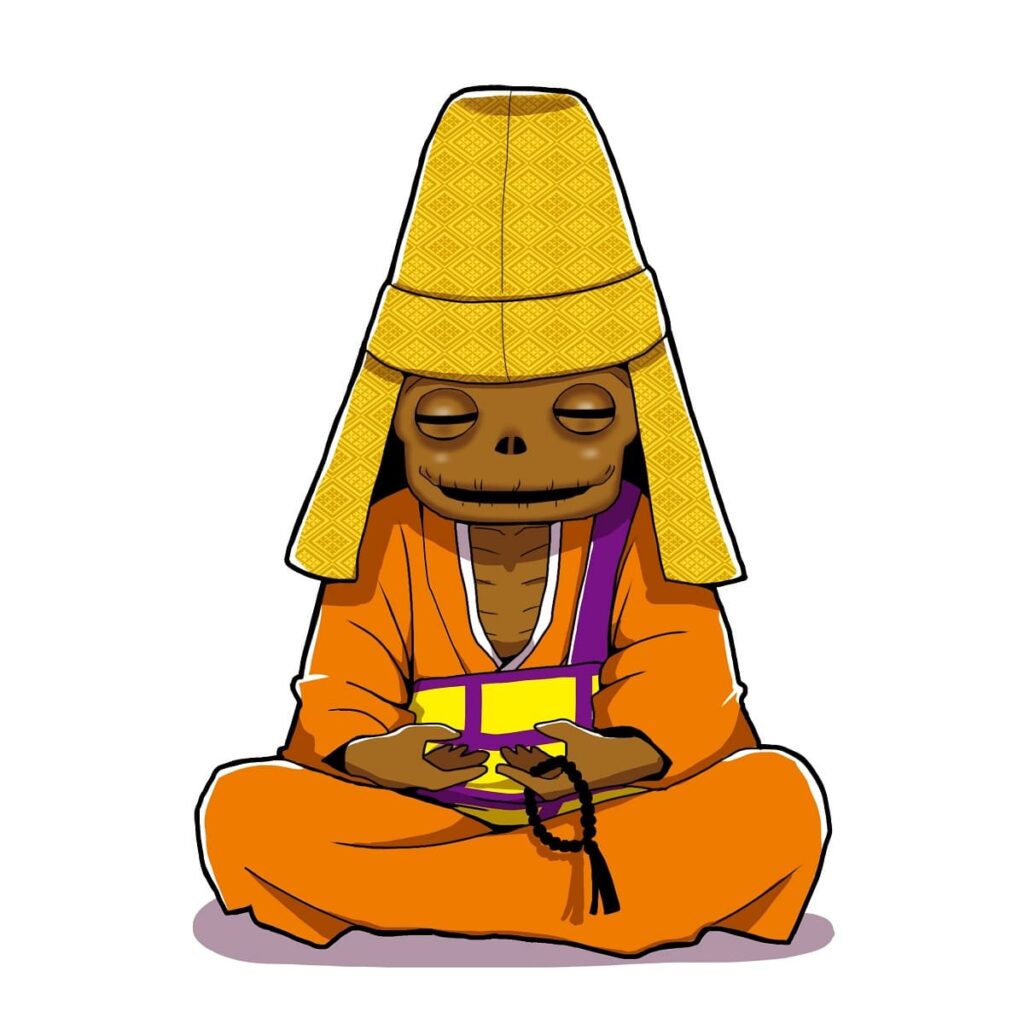
The key to the preservation of Sokushinbutsu lies in their ascetic practices. Their strict diet eliminates moisture and fat, which are essential for bacterial growth. Some monks also drank lacquer tree sap, which acted as a natural preservative by preventing bacterial and insect activity inside their bodies.
Additionally, their burial environment played a crucial role. Charcoal was often placed around the chamber to absorb moisture, further aiding in the mummification process.
Famous Sokushinbutsu
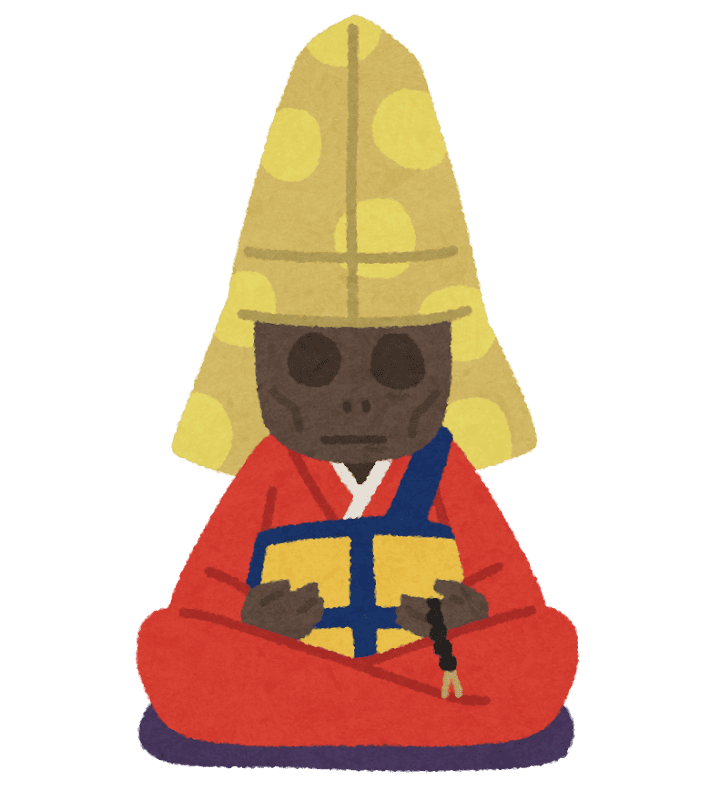
One of the most well-known Sokushinbutsu is Tetsumonkai, enshrined at Churenji Temple in Yamagata. Originally a laborer, he repented after taking a life and devoted himself to Buddhism. He spent years traveling, healing the sick, and spreading Buddhist teachings before undergoing the Sokushinbutsu process at the age of 61.
The Connection Between Sokushinbutsu and Kukai’s “Sokushin Jobutsu”
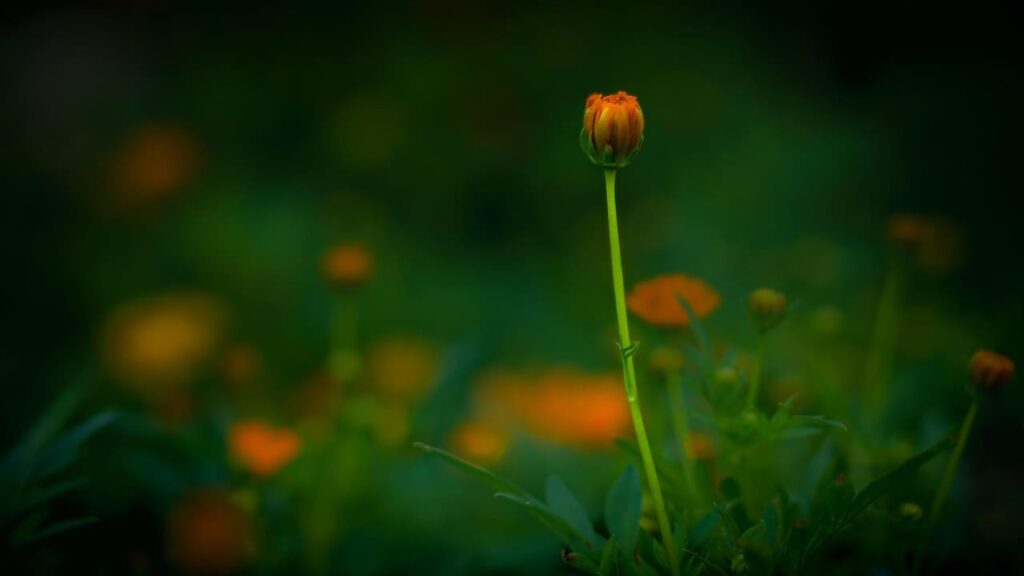
The term “Sokushin Jobutsu”, meaning “becoming a Buddha in this very body,” was introduced by Kukai, the founder of Shingon Buddhism. His teaching emphasized attaining enlightenment in one’s current physical form. While Kukai himself did not undergo mummification, legends suggest he entered eternal meditation at Mount Koya in 835.
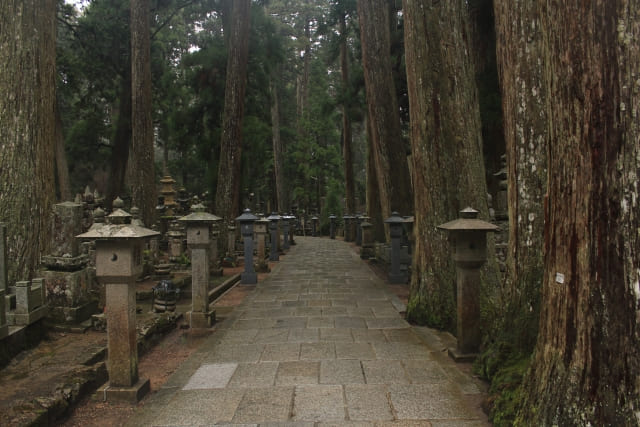
To this day, his mausoleum in Okunoin, Mount Koya, is believed to house his undying meditative presence, with monks offering food and clothing daily.
Currently, becoming a Sokushinbutsu is prohibited by law
Today, it is no longer possible to become a Sokushinbutsu.
In 1877 (Meiji 10), a law was enacted prohibiting the practice, as the process of becoming a Sokushinbutsu was considered a form of suicide. Additionally, the act of unsealing the stone chambers of monks attempting self-mummification was also made illegal.
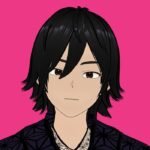
Some Sokushinbutsu, once enshrined, were lost due to natural disasters. Today, approximately 17 Sokushinbutsu remain enshrined across Japan.
Kukai in the Video Game “Nioh 2”
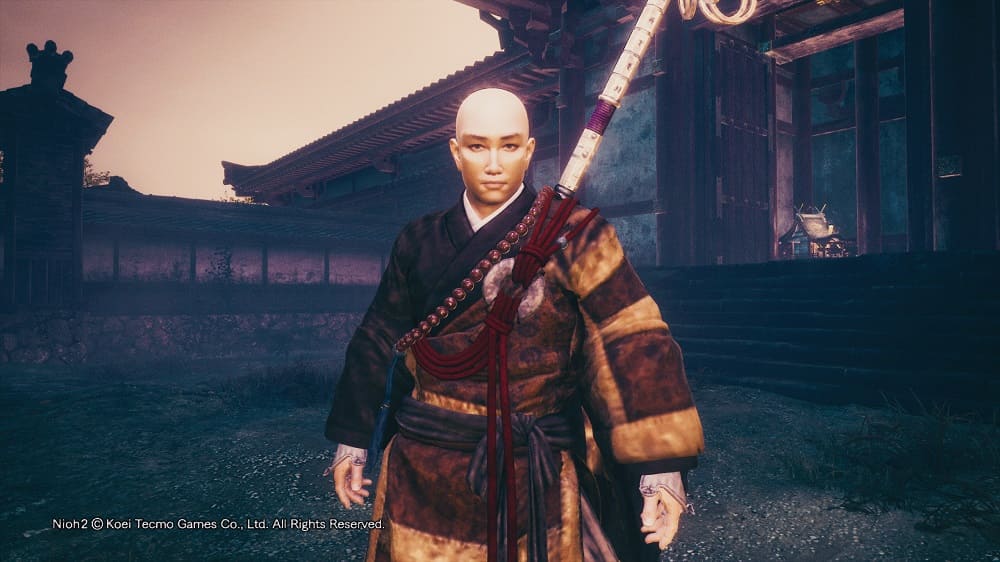
The popular video game Nioh 2 features a character inspired by Kukai. His philosophy and actions play a significant role in the game’s storyline, making it an exciting experience for both history enthusiasts and gamers alike.
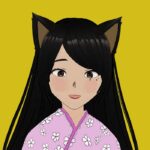
I respect Kukai.
So I’m so happy that he appears in Nioh2!
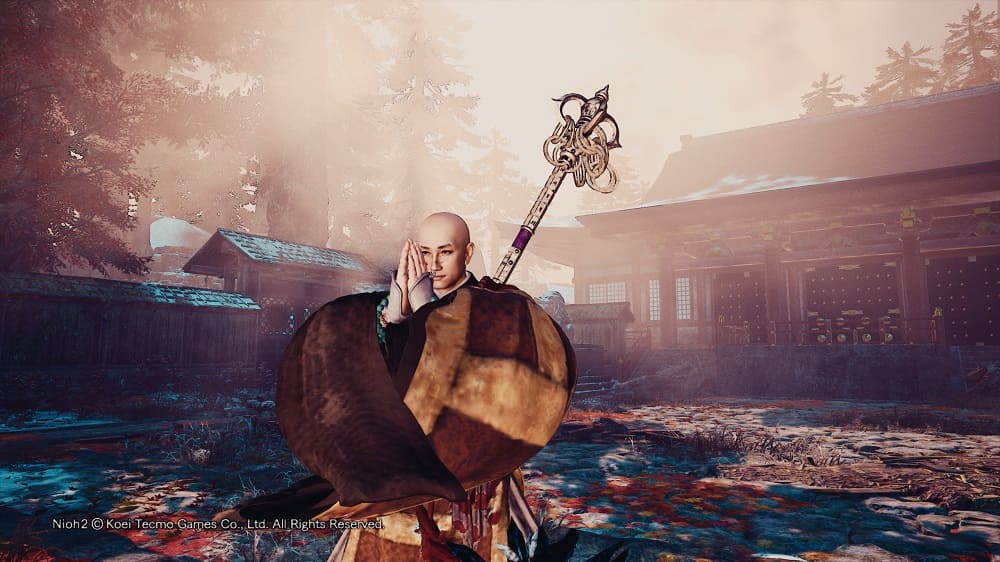
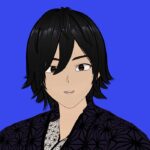
Me too! I’m interested in his journey through Shikoku, Japan.
Conclusion
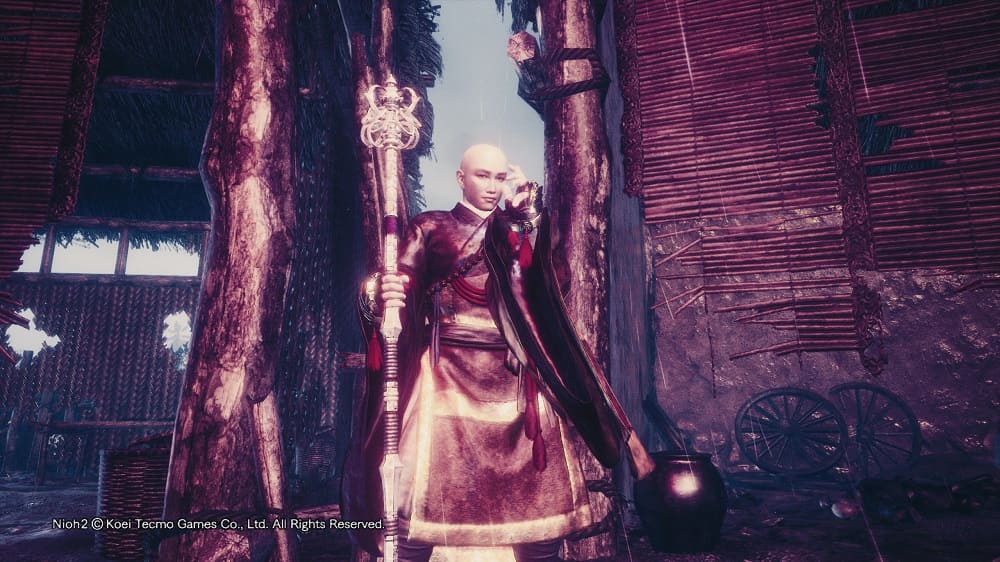
Sokushinbutsu is more than just self-mummification; it represents the ultimate pursuit of enlightenment through extreme asceticism. Closely tied to Kukai’s philosophy of “Sokushin Jobutsu,” these monks devoted their lives to reaching a higher spiritual state. Even today, Sokushinbutsu remains an awe-inspiring symbol of dedication and Buddhist faith, with their preserved bodies still enshrined in temples across Japan.

If you are interested in Japanese culture, and you love gaming, you may love these games! Let’s play!

Yes! Let’s play!

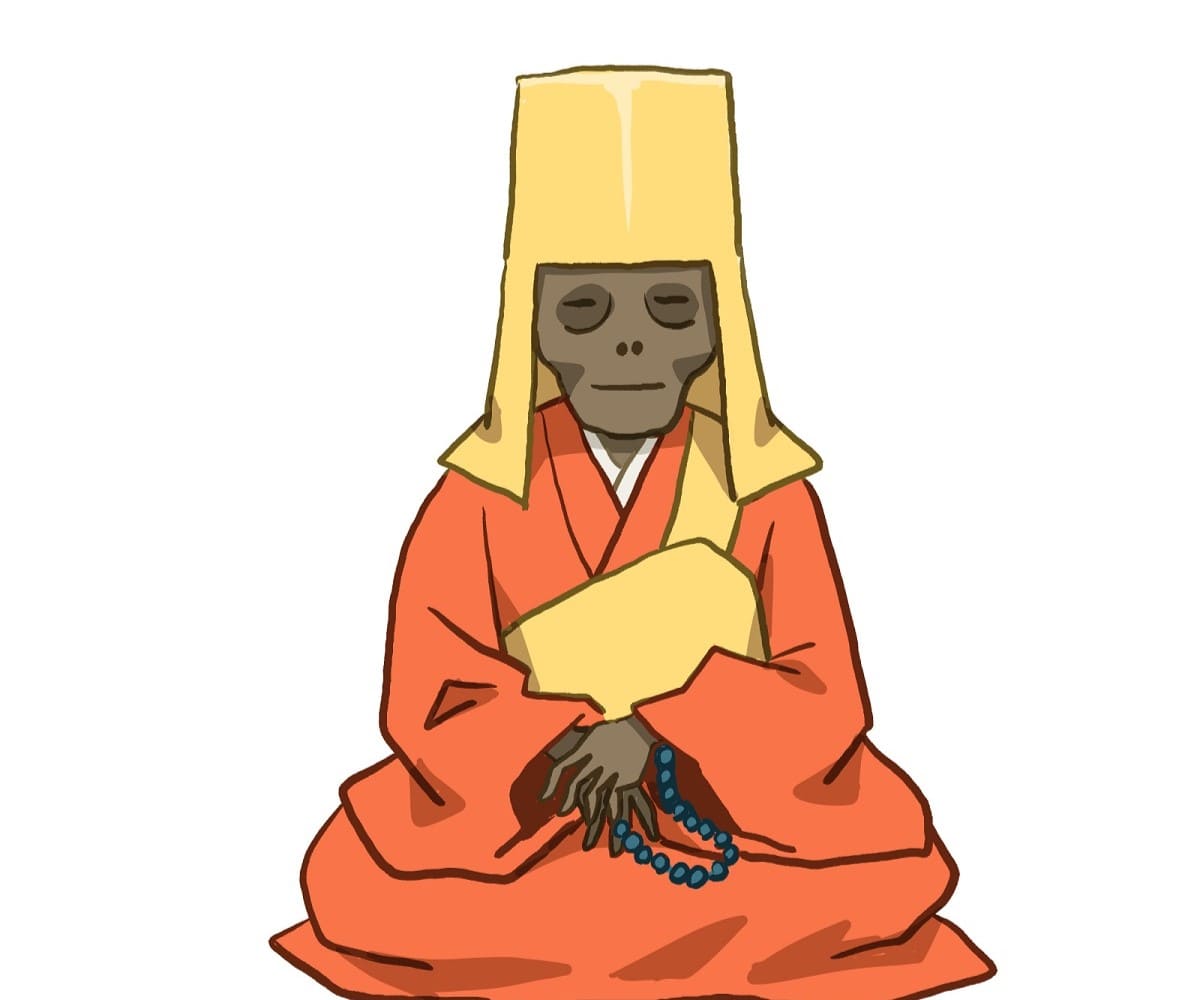
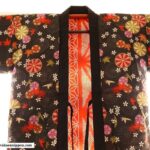
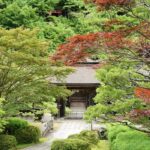
Comments